We’re able to report significant progress in the restoration to flying condition of Tom Reilly’s North American XP-82 Twin Mustang, and what a project it is. As we recently reported, starting with what was, in essence, a pile of crumpled parts, they’ve taken on the daunting restoration of a prototype of an already exceedingly rare plane.
Center Section / Fuselages
The team completed all the small to-be-finished sheet metal jobs to be done on each fuselage, i.e., pitot static ports,hi shears, spring swing-out entrance handles, hand grips, cold/hot air ducts, alarm bell, seat mounts just to mention a few.
Tom’s mechanics also completed the installation of all the canopy rails along with all the pulley mounts for the opening/closing and jettison systems for both canopies. They also salvaged the right-hand fuselage canopy opening push button and spring door mechanism out of one of the Colorado scraped fuselages. This mechanism allows a person on the outside to open each canopy by pushing the spring loaded button/door to disconnect the locking device in the canopy crank, and then hand push the canopy aft to open.
The blemishes in the six aluminum canopy tracks which attach the canopies by rollers to their respective tracks were reworked. Tom has sent the six to QC Labs in Orlando, FL, for NDI (non destructive inspection) for dye-penetrant x-rays and certification papers. Tom says: “The inspection of these trucks is critical because if any one of the three attached to each canopy were to fail in flight, the canopy would detach itself and leave.” Tim, the new guy in the shop, completed the permanent installation of both trim boxes and is currently working on the coolant tube mounts that attach to the floor board mounting structure.
The flap tubes that connect each outboard flap through the lower aft section of each fuselage to the large center section flap have been completed. The two hydraulic flap cylinders are now mounted, one each side of the center section floor to operate the flap system. The team has also installed the aileron trim mechanism in the left lower longeron bulkhead of the left fuselage. Tom’s prototype XP only had one tab on the left-hand inboard aileron, whereas all the subsequent P-and-F-82s had two tabs, one on each side.
Weezie, the shop manager, took another batch of zero-temper wing parts that needed heat-treating up to T-4 condition to Thrush Aircraft in Albany, GA. Thrush has been helping Tom for years since they started the XP restoration project. Thrush Aircraft manufactures the Thrush series of agricultural aircraft.
The team is waiting for just a couple more bomb/rocket/drop tank fittings from the machine shop. Not having these fittings is not holding up any progress on the wings as they can be installed anytime up to when the last panels of skins are being riveted on. Tom is been busy milling the six special long stepped and tapered wing stringers that go into both wings. “There was no need to buy any aluminum as Tom was able to mill them out of the cutout billets that Vic (Erie) saved from the center section spar caps. Cutting these random 2”x 3” x 20’ long billets out of the center section spar cap billets instead of turning the required cutout shapes into chips has saved us a substantial amount of time and expense” Tom said.
As mentioned in last month’s article, the team was able to confirm the washout degrees of the wing(s) by measuring the USAF Museum’s F-82 “Betty Jo” that has the same wings as #44-83887.F-82B Twin Mustang “Betty Jo”, AF s/n 44-65168, is currently on display at the National Museum of the United States Air Force at Wright-Patterson AFB in Dayton, Ohio in its Cold War gallery.The aircraft is displayed in the markings of its historic Hawaii to New York flight in 1947, along with clothing and artifacts used in that record-breaking flight. “Betty Jo” was delivered to the Museum on 21 June 1957.
Coolant Tubes
Finding the replacement #32 2” and #20 1 ¼” fittings for these tubes was a challenge. Tom had a few new ones in his Kissimmee stock, B & B Aircraft had quite a few of the #20s and Greg from Avico in Miami was just able to find the remaining new fittings from other vendors.
Tom says: ” We were able to locate the exact heat resistant quilted insulation fabric with the smooth exterior silver finish to sew our covers for the coolant tubes that run through both cockpits from the engines back to each radiator. Two of our investors, a husband and wife team, have a heavy-duty sewing machine and they are sewing up both sets and matching the beading and stitch edge patterns exactly to the original insulation.”
The restored XP-82 battery box is located on a shelf mounted in the left-hand fuselage just inside the access door aft of the center section flap. Surprisingly, the battery shelf/box and all of its surrounding structure were in perfect restorable condition with no battery acid damage on any of the parts. All of this structure and the battery shelf are now completed, awaiting installation after the control cables and coolant tubes are installed due to access issues if the battery shelf were installed now. Also, mounted on the bottom of the battery shelf is the hot/ cold air divider control valves and the battery master relay.
Heat Exchangers (Oil Coolers)
Tom has contracted with the company that built the aircraft two coolant radiators, Martin Radiator in Gasport, NY, to manufacture the heat exchangers. These heat exchangers were only installed on H model Mustangs and the first 22 P-82s. There are none known in the surplus market that can be found and purchased, so the team must manufacture them from scratch. Tom was able to save us a substantial amount of money by one of our volunteers supplying the four 7075 T-6 1’ x 1’ x 2.5” aluminum billets to mill the cooler end caps out of, instead of having them pressed for the astronomical figure of $37K.
Outboard Wings
Paul and Randall, two of Tom’s trustworthy mechanics, completed the final preliminary set-up on the right-hand wing in the first week of September and are now have almost completed the set-up on the left-hand wing. They have completed the final fitting of all the ribs and the 32 hat channels that go in the fuel tank areas and are now completing the final fitting of all the stringers that run lengthwise through the top and bottom of the wing.
A couple of weeks ago we were able to catch up with Tom at the Great Georgia Air Show and he seemed pretty happy about the progress:” I can’t denied that I am getting excited, things are happening very fast and with the support of many kind people we are able to make an incredible progress.This beauty will be in the air before we know it!” Tom, also known for his B-25 restorations, flew in hhis B-25 Mitchell “Killer B” during the air show reveling himself not only as a master of warbird restorer but also as skilful pilot.







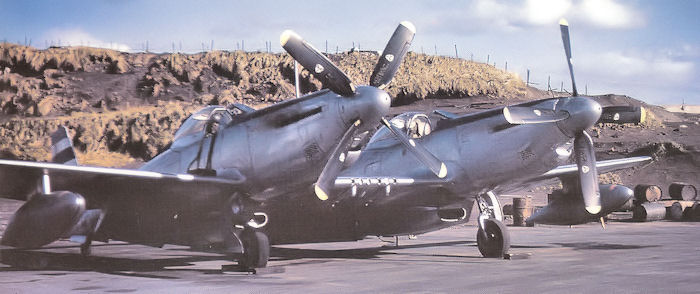
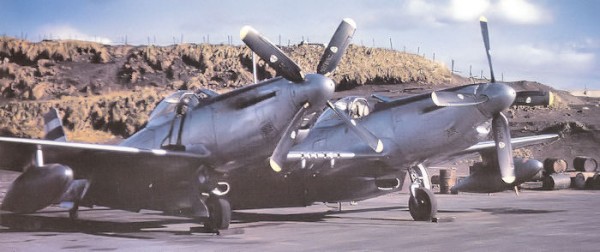
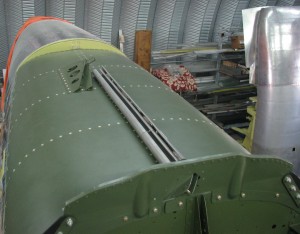
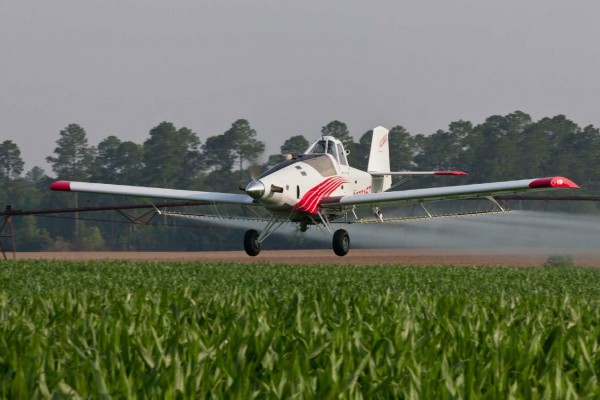
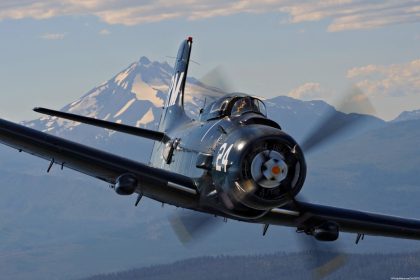
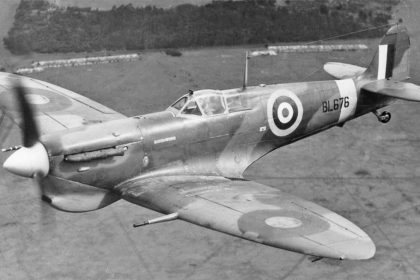
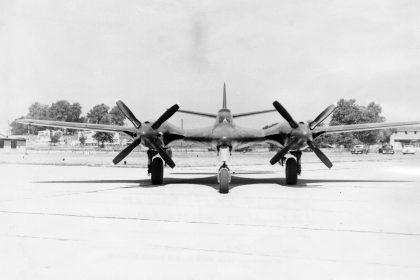
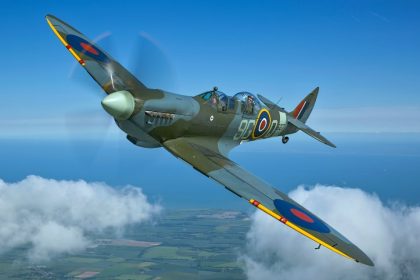
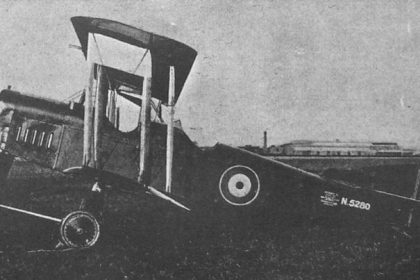
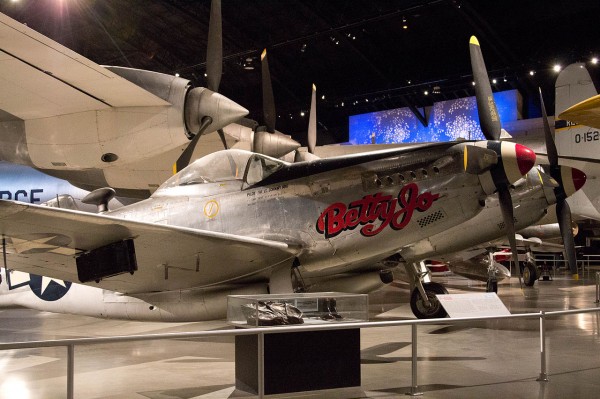
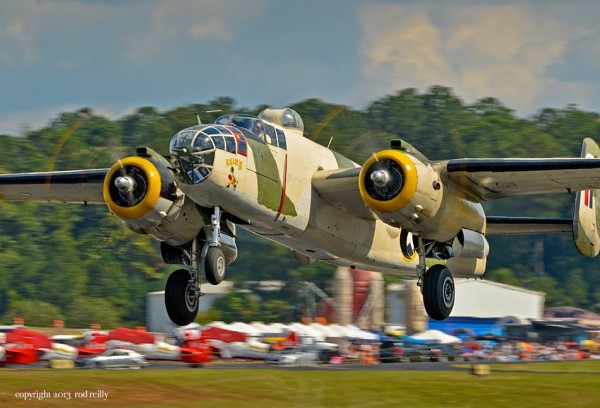
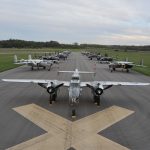

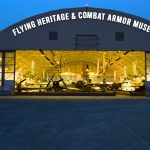
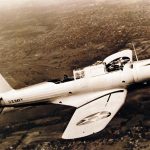
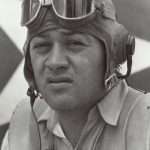
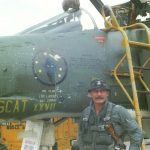
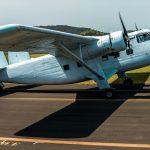



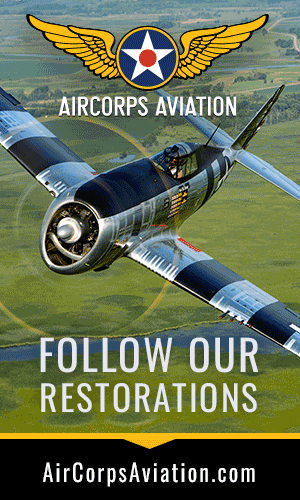

Tom, Did you get to run the engines this weekend? We there there a couple of weeks ago.